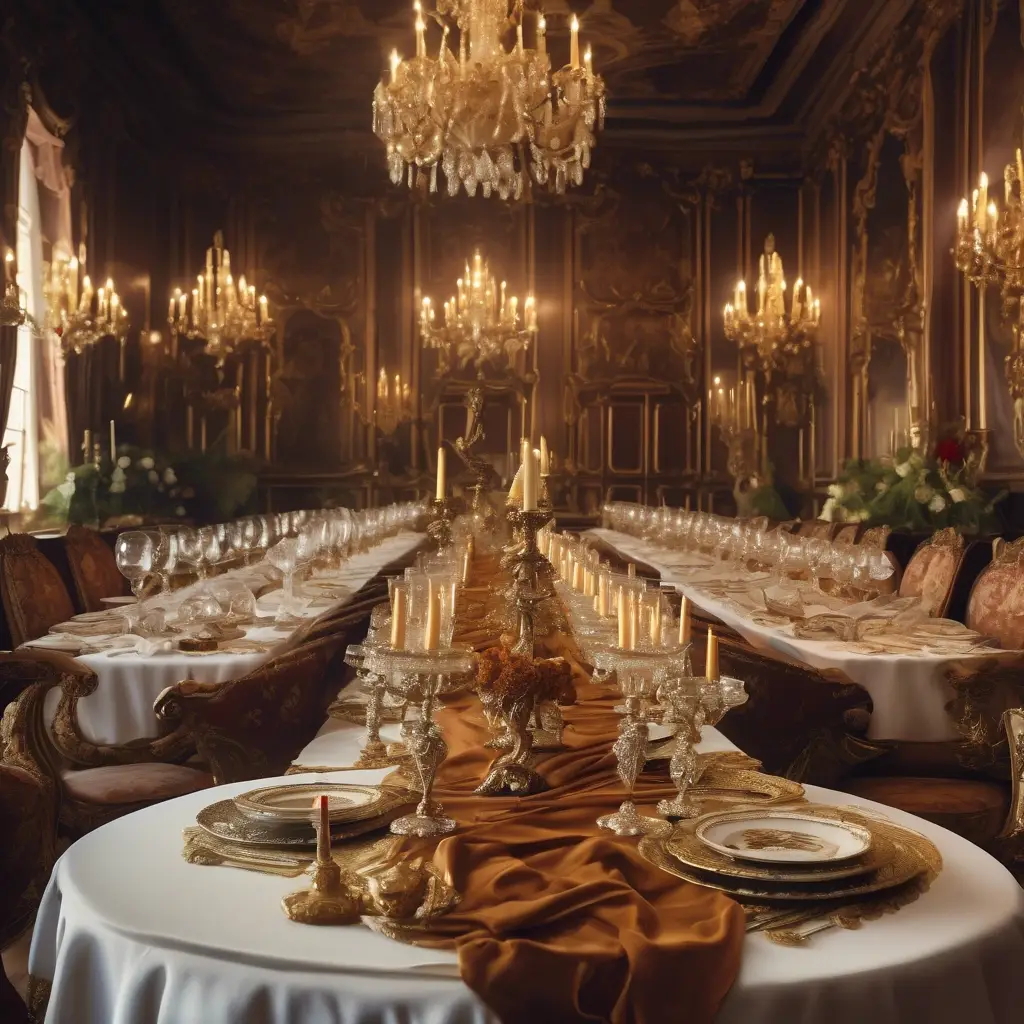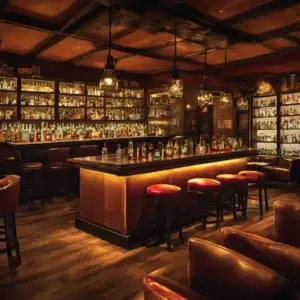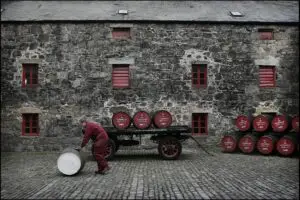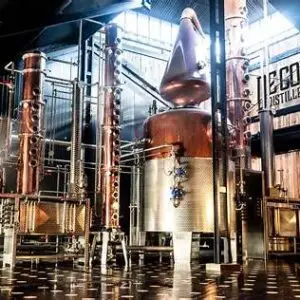Cognac, the refined French brandy born in the rolling vineyards of southwestern France, has long been a symbol of elegance and craftsmanship. But behind its golden hue lies a story of diplomacy, aristocracy, and a remarkable rise from regional curiosity to royal indulgence.
The origins of cognac date back to the 16th century, when Dutch merchants sought to preserve French wine for transport back to northern Europe. They began distilling the local white wine from the Charente region into eau-de-vie — literally « water of life. » This concentrated spirit, easier to ship and store, eventually gave birth to the double distillation method that defines cognac today.
But it wasn’t until the 17th and 18th centuries that cognac began its journey into the palaces of European royalty. As global trade expanded and French culture blossomed under Louis XIV, known as the Sun King, cognac became more than a preserved wine — it became a symbol of refinement. French distillers began aging the spirit in oak barrels, unlocking a depth of flavor and complexity that captivated the European elite.
British aristocrats were among the first foreign admirers. Cognac’s smooth, sophisticated character stood in contrast to the harsher local spirits of the time, and its association with French nobility only enhanced its appeal. By the Georgian and Victorian eras, cognac was a staple in British drawing rooms and at royal banquets. Winston Churchill reportedly favored it alongside his cigar, and King George IV is said to have been so fond of the spirit that he ordered barrels by name from the esteemed house of Hennessy.
Meanwhile, in Russia, Tsar Alexander I developed a taste for cognac during the Napoleonic Wars, and soon it flowed freely in the halls of the Winter Palace. Even in far-off China, imperial courts embraced cognac by the 19th century, enchanted by its European mystique and luxurious image.
What set cognac apart — and continues to today — is its strict production process. Only grapes from the Cognac region can be used, and every drop must be distilled twice in copper pot stills and aged in French oak for at least two years. This dedication to quality, coupled with the legacy of centuries-old houses like Rémy Martin, Martell, and Courvoisier, earned cognac its place not just on the table, but on the throne.
From royal courts to modern collectors’ cabinets, cognac has retained its aura of prestige. So next time you raise a glass, remember — you’re savoring a spirit that once ruled the palaces of Europe. Let it inspire you to uncover more of the regal history behind each sip.



